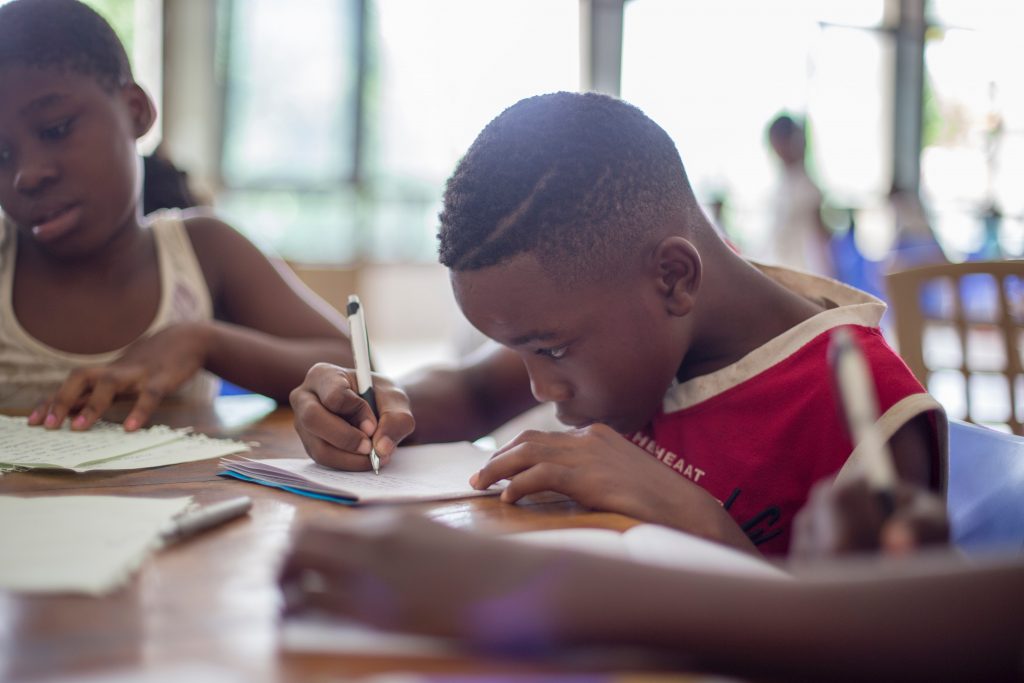Letters for Environmental Change
Junior (Age 10 – 11)
Curriculum Goal
Junior: Earth and Space Systems
- Analyze the immediate and long-term effects of energy and resource use on society and the environment and evaluate options for conserving energy and resources.
- Investigate energy transformation and conservation.
- Demonstrate an understanding of the various forms and sources of energy and the ways in which energy can be transformed and conserved.
Context
- Students begin sitting in a circle.
Materials
- Posters
- Pens
- Access to educational sources (books, articles, websites)
Lesson
- Brainstorm with students how energy is used daily, discussing what students believe the source of the energy to be (the sun, fossil fuels, wind, etc.).
- Introduce the idea of renewable and non-renewable energy. Share the current energy resource distribution of Canada.
- Split the class into 8 groups. Each group will explore one main energy source (Hydro, Nuclear, Wind, Biomass, Natural Gas, Petroleum, Solar, Coal).
- Each group will then demonstrate their findings by creating a poster to present to the class. Encourage students to investigate the following topics:
- Cost of extraction, transportation and storage
- Overall effect on the planet and on humans
- Possible dangers and safety concerns
- Efficiency
- Any estimated remaining quantities of the resource available for consumption (may be challenging to estimate for all resources)
- Is it renewable or non-renewable?
- After the presentations, discuss as a class whether any changes should be made to Canada’s energy distribution.
- Finally, the students return to their groups and write a letter to send to the Ministry that oversees energy, suggesting their improvements, explaining why based on their new knowledge of energy resources.

Look Fors
- Do students have a solid understanding about renewable and non-renewable sources of energy? Can they identify examples of both?
- Can students think critically and conduct research to have informed suggestions they could make to the Canadian government?
- Are students able to compare the benefits and shortfalls of energy sources?
- Have students formed an opinion they can defend regarding energy sources and its consumption?
- Can students articulate the long- and short-term impact of energy consumption?
Extension
- Potato Power Lesson
- Look at the composition of energy sources of other countries. How do they compare to that of Canada?
Additional Resources
Here are a list of teacher and student resources as a starting point:
- Non-renewable energy
- A brief description of various sources of non-renewable energy, as well as the advantages and disadvantages of using these sources. Examples include fossil fuels, coal, and natural gas.
- More resources from National Geographic
- A database on the National Geographic education page that includes lessons, short videos, and activities related to the topic of resources.
- Canada Energy facts
- This page from the Canadian Government provides basic facts about energy generation and usage in Canada. Its approach is quantitative, as it provides infographics and charts with data on the different provinces.
Share this lesson
Share on facebook
Share on twitter
Share on email
